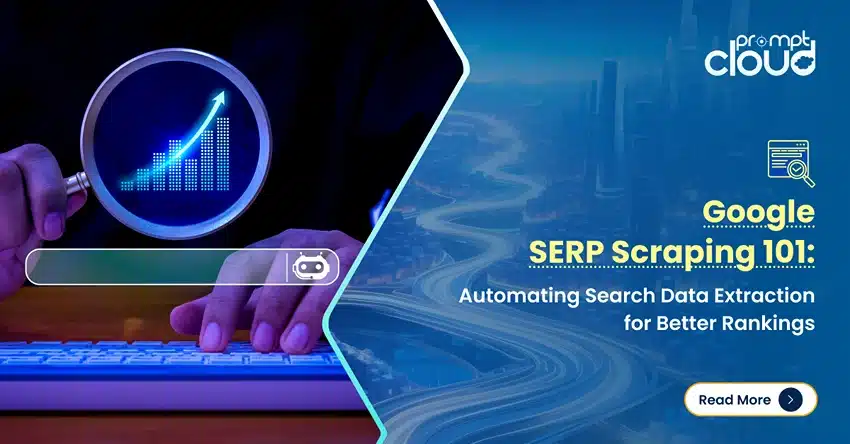Anyone who has purchased an insurance policy online would probably know the difficulties of comparing them. This is because every company has varied plans and the information is provided in different formats on different websites. Going through each company’s website, finding the same data points and comparing them manually proves to be a difficult affair. That is why insurance data aggregators or websites that give you a basic comparison between insurance plans of different companies, scraping insurance coverage details from providers’ websites. But that is not where they stop; they also clean the data and then arrange it into data fields, thus making it easier to compare and eventually select the most beneficial plan for a user.
Aggregators are doing a great service to the larger public, since they help customers view information from different sources together. Be it news aggregators or insurance data aggregators, they are helping people find data in a single interface which helps further – in terms of consuming the data via different means – such as associations or comparisons.
The benefits of scraping insurance coverage details
While we spoke of a single scenario explaining the hardships faced by consumers, scraping insurance coverage data can have multiple benefits for multiple types of entities. In case you are an insurance company, you might even want to crawl details of different coverage plans from your competitors. While some companies have the data right on their website homepage, some may need you to fill up a form. Some may even need you to sign up. Due to these reasons, scraping insurance coverage details from every competitor of yours might not prove to be an easy task.
Another fact that is important when it comes to insurance providers is their metrics- the percentage of people who submitted insurance claims successfully, the percentage of claim rejections, and so on. Due to government norms, in most countries, insurance companies need to provide data related to these metrics on their websites. Even then, finding the data is not always a piece of cake. At the same time, the data is often in the form of graphs (which are again in image formats), and these parts make the problem even more difficult. However, collecting data related to claims rejected and other metrics would make it simpler to understand which companies actually stand by the customers at the times of need.
Most hospitals have tie-ups with big insurance companies these days. Deciding which insurance company to tie-up with might prove to be another difficulty and choosing the wrong one may not only lead to losses but worse- loss of customers’ confidence. This is why it is not just individuals and insurance companies, but even hospitals that need to crawl and consume data from different insurance companies to understand which diseases are covered by which companies, so that they can tie up with one or more companies, ensuring that their patients can make the most of their insurance plans and get themselves treated without worrying about a hefty bill.
The difficulties that can be faced
There can be a number of difficulties that can be faced while scraping data from different insurance providers. Other than the ones discussed before, the most common issue is the fact that companies keep making changes to their websites to improve the user-friendliness.
Another issue is that many insurance providers only have a part of their coverage details on their websites. The fine-print and deeper details are only available in PDF formats (or even images) on their websites. Now the problem that arises is, while you can get the PDF files from the websites, scraping the textual data from the PDF files would require the latest OCR (optical character recognition) software.
Scraping data from different websites would make no sense without proper mapping. Unlike eCommerce sites that have product data on product pages, you have no idea which page (or set of pages), would be having the insurance coverage details. In such a scenario, mapping specific webpages to data points would be crucial, and these mappings would also need to be updated as and when the website itself is updated.
How to crawl insurance coverage data
Languages like Python have made it easy to crawl data from websites and scraping of data from stand-alone web pages has been explained in many of our articles like this one. Thanks to the help of existing pieces of code that can be reused by programmers (called packages) and a gentler learning curve, writing your own code to crawl data from a single website that is displaying some data related to insurance coverage is a piece of cake.
However, in case you want to set up a scraping engine for commercial purposes so as to crawl the latest insurance coverage plans and their details for a list of companies, it is better to set up your own data scraping team. In case that is not possible due to any reason, you can always take the help of DaaS providers like us, PromptCloud. We provide end-to-end solutions so that you can just plug in the data scraping framework into your existing business logic and use the scraped data to your advantage.
Conclusion
Data is king and companies are continuously using data in every way possible, to evolve themselves and stay appealing. Some are scraping data, some are even outright buying it, but at the end of the day, data-driven decision making is the need of the hour. At such a stage, having a steady stream of data from the internet is a boon, and whatever data is not scraped- is left as unharvested data. And when you are not harvesting the data and leaving more of it on the table for your competition to consume, you are leaving your business in a vulnerable position- another blockbuster to be taken over by a Netflix.


















